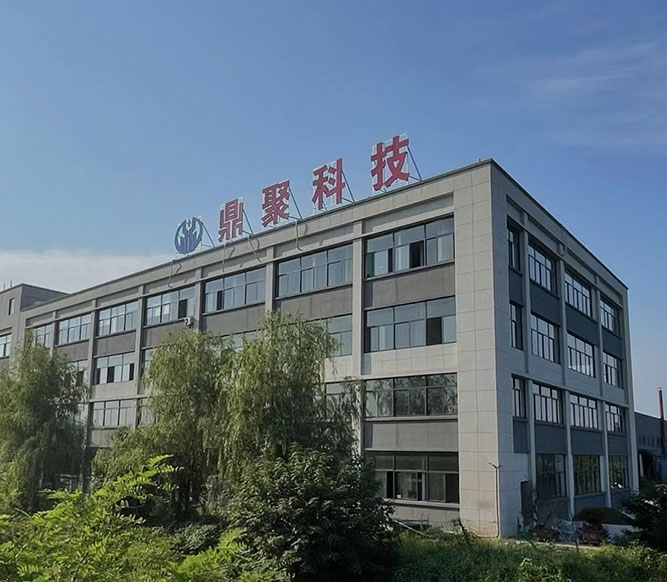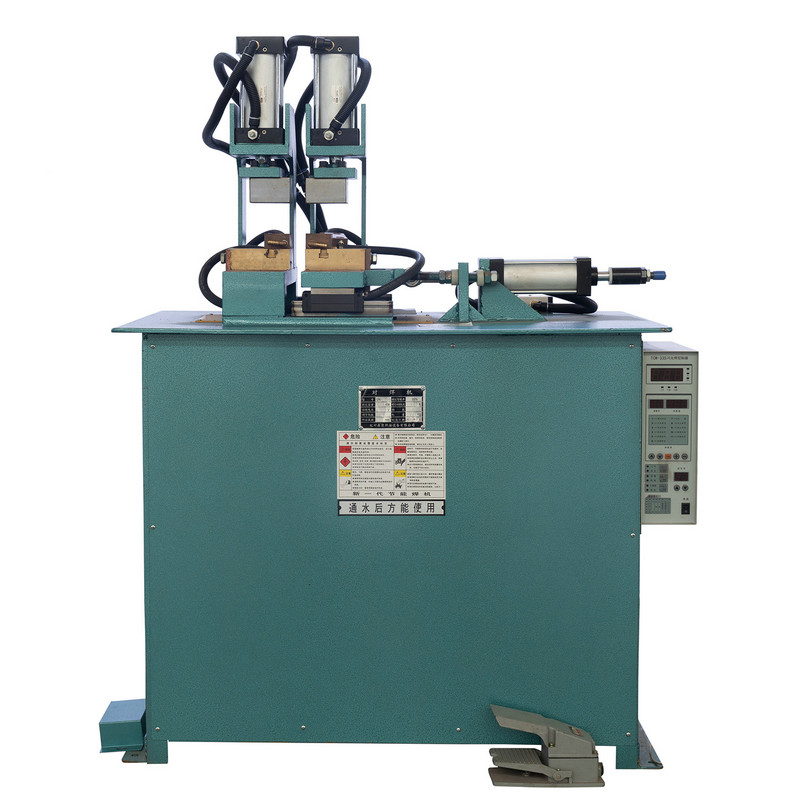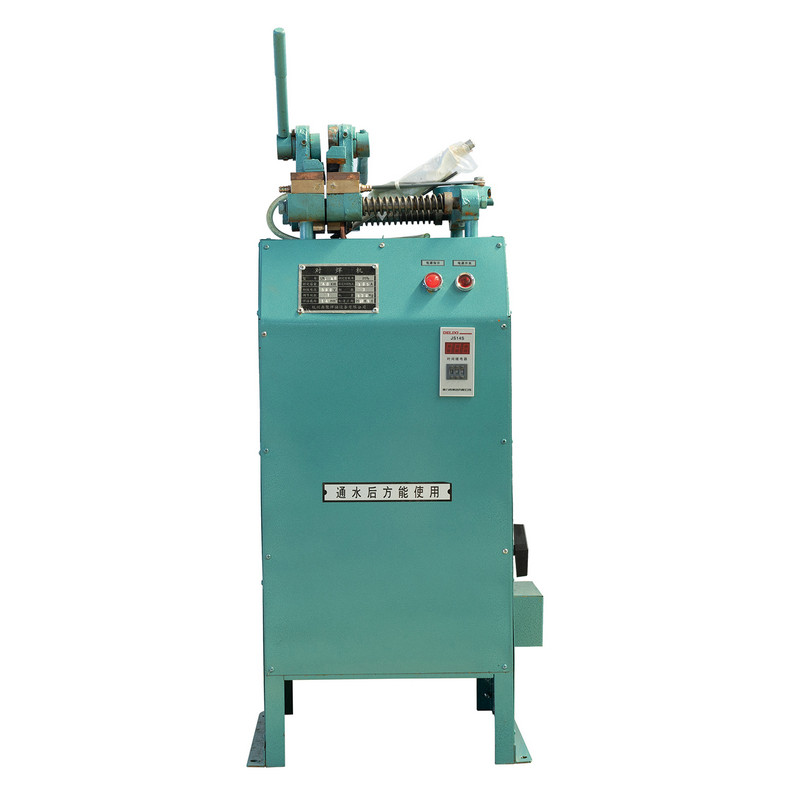Language
The metal shell zero wear pneumatic butt welding machine has become a critical tool in industries where high-quality, efficient pipe welding is essent...
READ MORE

The metal shell zero wear pneumatic butt welding machine has become a critical tool in industries where high-quality, efficient pipe welding is essent...
READ MORE
A stable workpiece clamping pneumatic butt welding machine is an essential tool in industrial fabrication and pipe processing. Its primary function is...
READ MORE
Achieving high-quality welds is a critical requirement in pipe fabrication and industrial assembly. A pneumatic pressure application butt welding mach...
READ MORE
The foot-operated steel bar butt welding machine has become an essential tool in the construction and manufacturing industries. Known for its efficien...
READ MORE
Pneumatic butt welding is a widely used process in industrial manufacturing, particularly in the joining of thermoplastic pipes and profiles. The Two-...
READ MOREWhat should be paid attention to in the maintenance and care of Welding Robot Arm?
The maintenance and care of Welding Robot Arm are the key to ensure their long-term stable operation and efficient work. Here are some important maintenance and care items:
1. Regular inspection and cleaning
External cleaning: Clean the outside of the robot regularly to remove dust, oil and welding slag to avoid affecting the performance of sensors and moving parts.
Internal inspection: Check the internal parts to ensure that there is no debris or smoke deposits generated by welding, which will affect the internal electronic components and circuits.
2. Lubrication
Joint lubrication: Lubricate the joints and bearings of the robot regularly according to the manufacturer's recommendations to reduce wear and friction.
Use appropriate lubricants: Select suitable lubricants and apply them according to the recommended frequency and method.
3. Check the electrical system
Cables and connections: Check cables, joints and connectors regularly to ensure that there is no wear, breakage or corrosion.
Power system: Check the power supply to ensure stable power supply and replace the problematic power module in time.
4. Calibration and debugging
Regular calibration: Calibrate the robot regularly to ensure its accuracy and repeatability, especially after long-term use.
Debugging procedures: Regularly check and update control procedures to adapt to changes in production requirements.
5. Sensor and vision system maintenance
Sensor cleaning: Regularly clean the sensors on the welding robot to ensure their accuracy and reliability.
Visual system calibration: If the robot is equipped with a vision system, it needs to be calibrated regularly to ensure the accuracy of image processing and positioning.
6. Monitoring and recording
Operation data monitoring: Use the monitoring system to track the operating status of the robot and detect abnormalities in time.
Maintenance records: Keep detailed maintenance and servicing records to facilitate tracking of historical maintenance and evaluation of equipment conditions.
7. Operation training
Staff training: Ensure that operators receive adequate training and understand the correct operation and maintenance procedures to reduce failures caused by improper operation.
8. Replace worn parts
Regularly check wear: Regularly check the key components of the robot, such as welding guns, nozzles and electrodes, and replace worn parts in time.
9. Preventive maintenance
Develop a maintenance plan: According to the frequency of use and working environment, develop a reasonable preventive maintenance plan and perform regular inspections and maintenance.